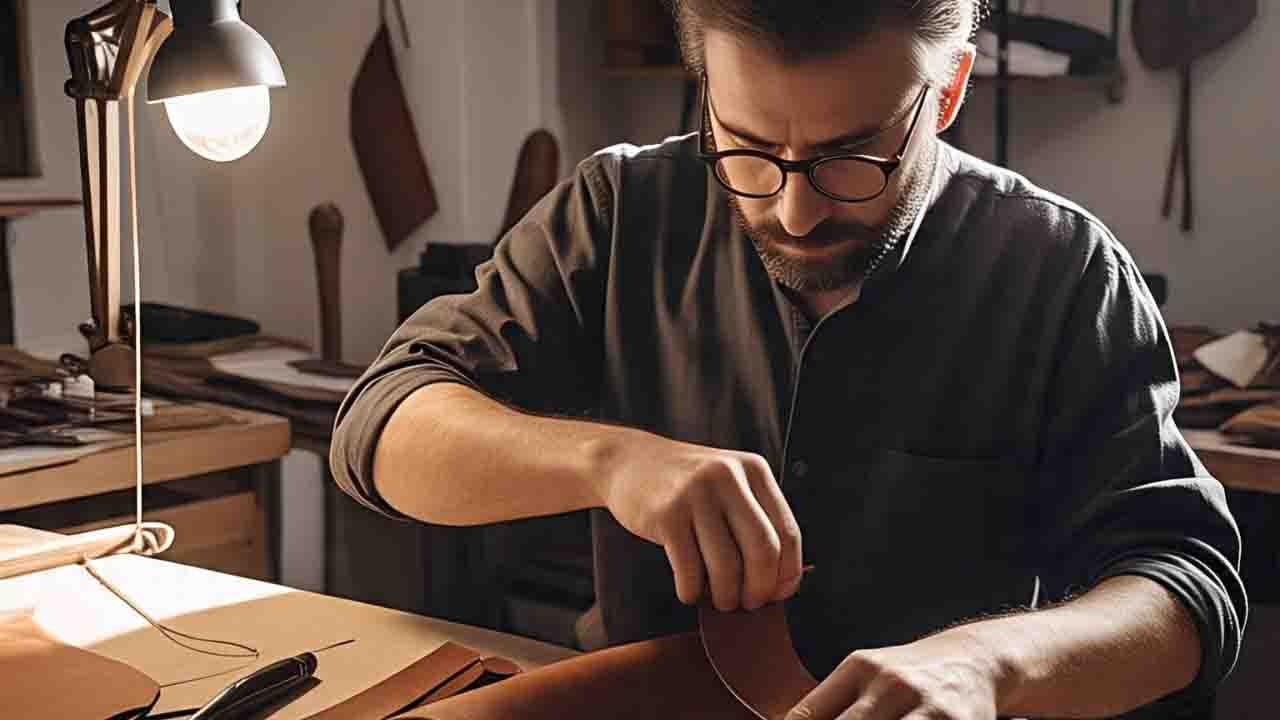
Arcadiadaily – Luxury fashion is banking on craftsmanship more than ever before. Brands such as Bottega Veneta, Loewe, Bally, and Zegna are shifting their focus from logos and celebrity endorsements to celebrating the artistry of hand-made design. This return to roots reflects a deeper change in consumer expectations: quality, authenticity, and transparency are no longer optional they’re essential.
Luxury fashion no longer just promises status; it tells stories. Through campaigns like Loewe’s “Craft is Our Language,” these brands highlight the skill, heritage, and tradition behind their products. From intricate weaving to hand-stitched leather, the emphasis is on timelessness, not trendiness. This movement positions craftsmanship as the new marker of prestige.
Luxury fashion consumers today are more informed, conscious, and selective. They want to know who made their clothing and how it was made. In response, brands are opening up their ateliers and showcasing the human touch behind each product. Transparency and storytelling are now part of the product experience.
“Diesel Without Limits: Inside the Future of Camless”
This shift has not only reshaped high-end marketing but also changed how luxury fashion brands produce their collections. Brands are revitalizing workshops and accelerating artisan training programs. In a world saturated with fast fashion, craftsmanship offers a sense of permanence and emotional connection. It’s a subtle rebellion against mass production, and consumers are willing to pay a premium for it.
While the craftsmanship trend has gained praise, it’s not without criticism. The term “craftwashing” has emerged to describe brands that claim artisanal values without real substance. In other words, some labels use the appeal of handmade work as a branding gimmick, without making meaningful changes to their production methods.
Luxury fashion must tread carefully. As consumer awareness grows, superficial claims can quickly backfire. To keep craftsmanship a true value, brands must actively invest in real artisans, preserve traditional techniques, and support their storytelling with genuine transparency. Otherwise, they risk eroding the trust they aim to build.
“The Future of Learning: A New Curriculum for a New World”